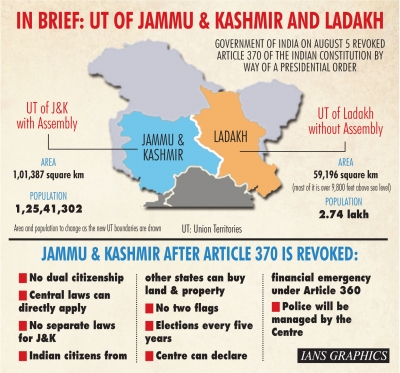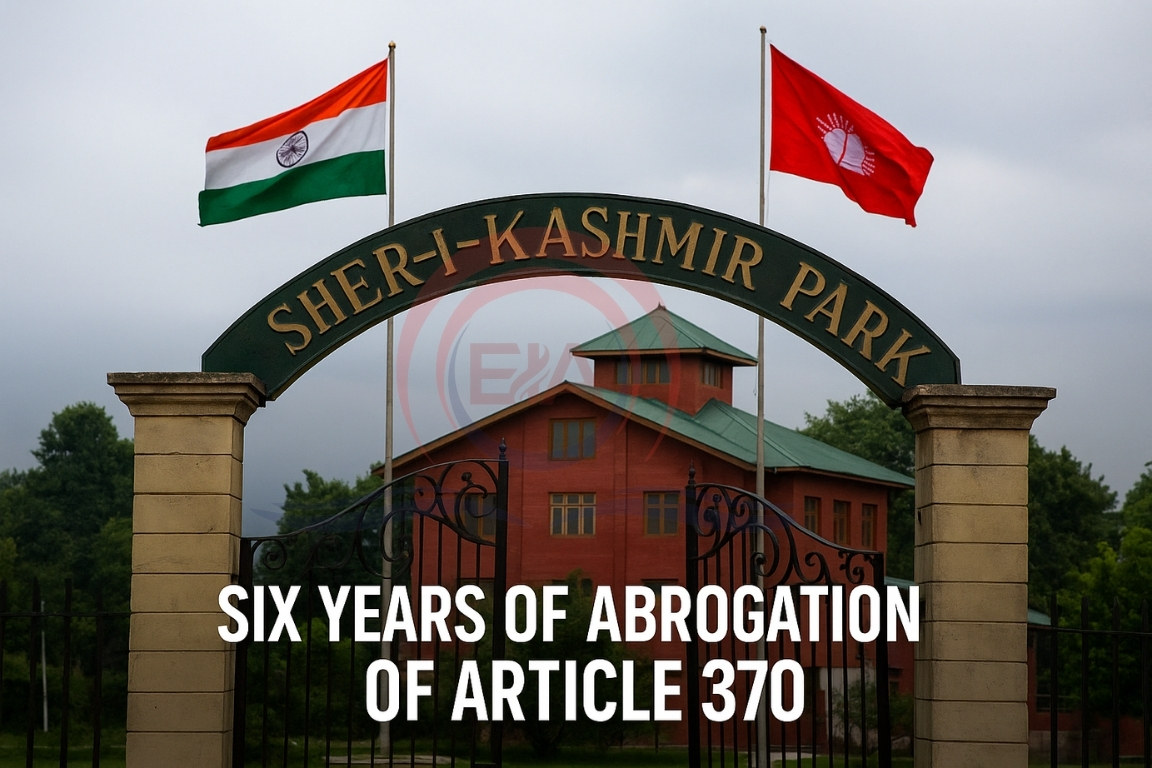August 5, 2025, marks six years since Article 370 was abrogated by the Government of India. This move ended Jammu & Kashmir’s special status and aimed at bringing uniform governance across the country.
What was Article 370?
- Article 370 was included under Part XXI of the Constitution as a temporary provision.
- It gave special status to Jammu and Kashmir, allowing: A separate constitution and state flag. Power to make laws on all subjects except defence, foreign affairs, finance, and communications.
- Central laws applied to the state only with the approval of its government.
What was Article 35A?
- It was added via a Presidential Order in 1954, based on powers under Article 370.
- Gave the J&K government authority to define permanent residents and give them special rights.
- These included: Access to government jobs, land ownership, and educational scholarships.
- It discriminated against women: If a woman married someone outside the state, she and her children could lose property rights.

Why was Article 370 Removed? To Ensure National Integration
- The special status created a separate identity for J&K, preventing complete integration.
- Its removal aimed to bring uniformity with other states.
Security and Stability
- India has resisted pressure to allow free cross-border data flows and avoid data localisation requirements.
- However, the FTA commits India to extend similar concessions to the UK if it grants them to another nation, reducing policy flexibility.
- This could weaken India’s long-held strategic positions in digital trade negotiations.
Strategic Implications
- Digital trade rules, once agreed, are hard to reverse, locking India into external digital governance models.
- Lack of a strong political constituency for digital sovereignty means these issues get less attention than agriculture or manufacturing.
- The concessions may risk India becoming dependent on foreign digital ecosystems, repeating historical patterns of economic subordination.
Way Forward
- Formulate a comprehensive digital sovereignty and industrialisation policy before entering trade deals.
- Ensure digital experts are part of FTA negotiations alongside trade officials.
- Develop a roadmap for becoming a digital superpower, securing both economic and security interests.
- Treat national data as a strategic asset to be protected for domestic innovation and AI leadership.
Conclusion:
India’s digital concessions in the UK FTA highlight the urgent need for a clear national strategy on digital sovereignty to safeguard long-term independence and competitiveness in the global digital order.





